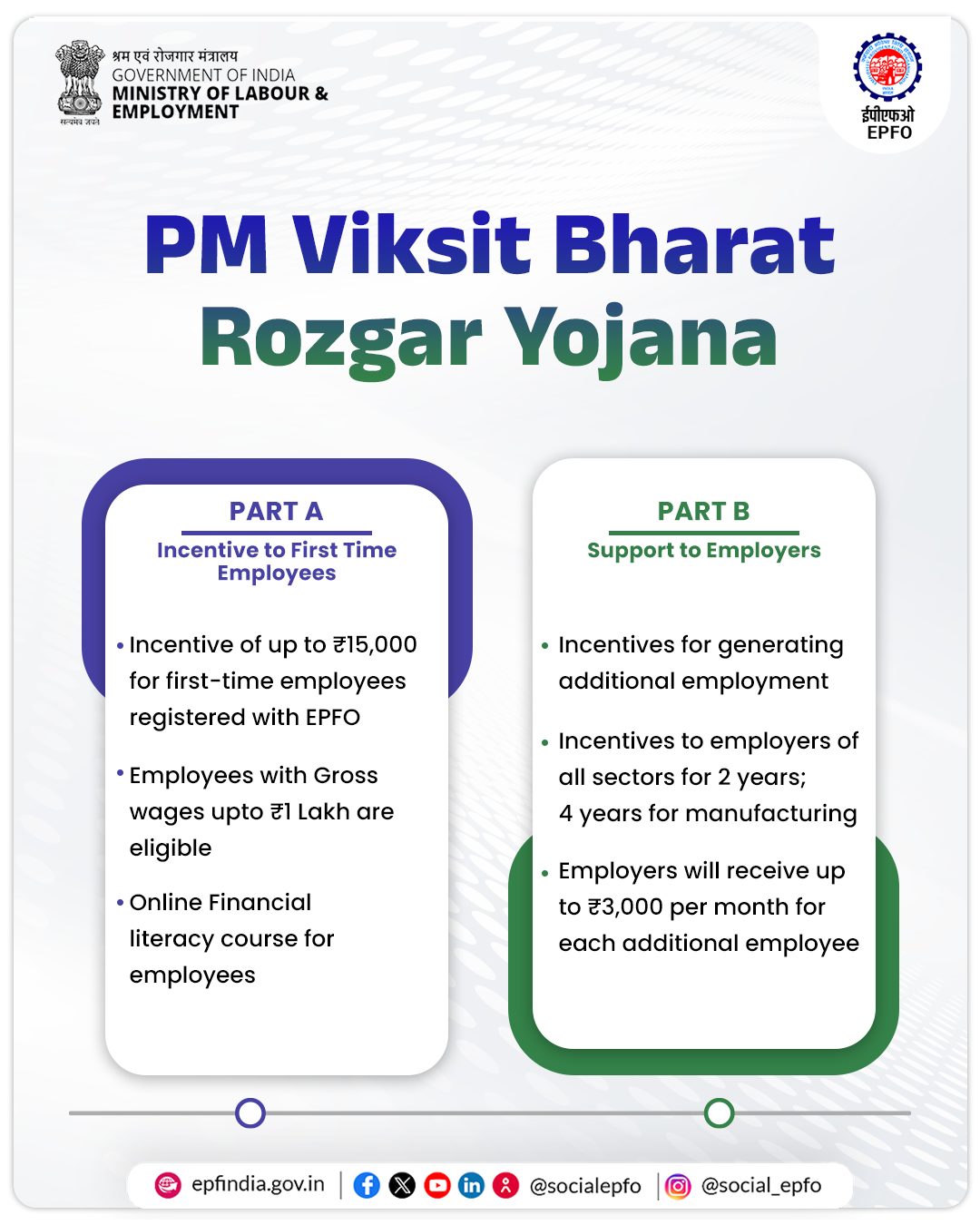Golden Dome Missile Defense Shield

- 23 Aug 2025
In News:
The Golden Dome is a proposed ground- and space-based missile defense system of the United States, announced in 2025 with a projected outlay of $175 billion. It is designed to provide multi-layered protection against intercontinental ballistic missiles (ICBMs), hypersonic weapons, and cruise missiles from adversaries such as China, Russia, Iran, and North Korea.
Objectives
- Establish a comprehensive shield capable of intercepting hostile missiles in their boost, midcourse, and terminal phases.
- Enhance U.S. homeland security through satellite-based early warning, tracking, and interception.
- Integrate existing U.S. missile defense systems into a unified architecture.
Key Features
- Space-Based Layer
- Hundreds of satellites equipped with sensors and interceptors to detect and neutralize missiles soon after launch.
- Incorporation of laser-based systems for mid-flight interception.
- Ground-Based Layers
- Layer 2: Strengthening of the existing Ground-Based Midcourse Defense (GMD) in California and Alaska.
- Layer 3: Five new land-based launch sites (three in continental U.S., two in Hawaii and Alaska) to intercept missiles during their space trajectory.
- Layer 4: “Limited Area Defense” to protect key population centers, using radars, common launchers, and systems like Patriot, THAAD, and Aegis BMD.
- Integration with Existing Systems
- Builds upon existing U.S. missile defense infrastructure to ensure layered and redundant protection.
Comparison with Other Systems
- Israel’s Iron Dome: Golden Dome is often compared to Iron Dome, though the latter is designed for short-range rockets (4–70 km), while Golden Dome targets long-range ballistic and hypersonic threats.
- Reagan’s Strategic Defense Initiative (SDI/“Star Wars”): Golden Dome revives the 1980s concept of space-based defenses, but with advanced modern technology in satellites, sensors, and lasers.
Challenges
- Funding uncertainties: Though an initial $25 billion allocation has been proposed, political hurdles remain.
- Technological feasibility: Space-based interceptors and lasers pose significant challenges in cost, testing, and deployment.
- Strategic implications: Critics argue the system could revive debates on arms races and anti-ballistic missile treaties.
Significance
If realized, the Golden Dome would represent the most ambitious U.S. missile defense program since the Cold War, potentially altering global strategic stability by providing the U.S. with a multi-domain shield against next-generation missile threats.
Sri Lanka–India Naval Exercise (SLINEX-25)

- 23 Aug 2025
In News:
The 12th edition of the Sri Lanka–India Naval Exercise (SLINEX-25)was held recently, marking another milestone in the two-decade-long maritime cooperation between India and Sri Lanka. The exercise underscores India’s commitment to strengthening regional security in line with its vision of MAHASAGAR (Mutual and Holistic Advancement for Security and Growth Across Regions).
Background
- Initiation: Conceptualised in 2005, SLINEX has emerged as a key bilateral exercise, promoting interoperability and mutual trust.
- Previous edition: Conducted at Visakhapatnam, India in December 2024.
Participants
- India: INS Rana (Guided Missile Destroyer) and INS Jyoti (Fleet Tanker).
- Sri Lanka: SLNS Gajabahu and SLNS Vijayabahu (Advanced Offshore Patrol Vessels).
- Special Forces from both navies also took part.
Structure of the Exercise
- Harbour Phase:
- Professional interactions and Subject Matter Expert Exchanges (SMEE).
- Sharing of best practices, cultural and social events, yoga sessions, and sporting activities to strengthen naval camaraderie.
- Sea Phase:Naval drills including gunnery firing, seamanship evolutions, navigation, communication protocols, fueling at sea, and Visit Board Search and Seizure (VBSS) operations.
Significance
- Enhances interoperability between the two navies for multi-faceted maritime operations.
- Facilitates capacity-building and knowledge-sharing in naval tactics.
- Deepens people-to-people and defence diplomacy ties, reinforcing maritime security in the Indian Ocean Region (IOR).
- Complements India’s broader strategic engagement under MAHASAGAR to promote cooperative security and growth in the region.
Pradhan Mantri Viksit Bharat Rozgar Yojana

- 23 Aug 2025
In News:
In his 12th Independence Day address from the Red Fort (15 August 2025), Prime Minister Narendra Modi announced the launch of the Pradhan Mantri Viksit Bharat Rozgar Yojana (PMVBRY). With an ambitious financial outlay of nearly ?1 lakh crore, the scheme aims to generate over 3.5 crore jobs in two years, representing a landmark initiative to strengthen the bridge from Swatantra Bharat to Samriddha Bharat through massive employment creation.
Objectives
The scheme seeks to:
- Boost formal job creation by offering direct financial incentives to both employees and employers.
- Promote workforce formalisation by bringing more workers under the ambit of the Employees’ Provident Fund Organisation (EPFO).
- Encourage savings and financial literacy among youth entering the workforce for the first time.
- Catalyse employment growth in the manufacturing sector, a critical pillar of Make in India and Atmanirbhar Bharat.
Key Features of the Scheme
Part A – Support to First-Time Employees
- Targets first-time employees registered with EPFO.
- Provides one month’s EPF wage support up to ?15,000, disbursed in two instalments:
- First instalment after 6 months of continuous service.
- Second instalment after 12 months, subject to completion of a financial literacy programme.
- Incentive is partly locked in a savings/deposit account to encourage long-term financial discipline.
- Employees earning up to ?1 lakh per month are eligible.
- Expected to benefit 1.92 crore first-time employees.
Part B – Incentives for Employers
- Employers will be incentivised to create additional formal jobs, with a focus on manufacturing.
- Incentive: up to ?3,000 per employee per month for two years, provided the employment is sustained for at least six months.
- For the manufacturing sector, support will extend to the 3rd and 4th year as well.
- Expected to facilitate the creation of 2.6 crore jobs.
Incentive Payment Mechanism
- Payments to employees under Part A will be made via Direct Benefit Transfer (DBT) using the Aadhaar Bridge Payment System (ABPS).
- Payments to employers under Part B will be credited directly into PAN-linked accounts.
e-Sushrut@Clinic

- 23 Aug 2025
In News:
- India’s healthcare system is undergoing rapid digital transformation under the Ayushman Bharat Digital Mission (ABDM), launched in 2021 to build an integrated digital health infrastructure.
- In this context, the National Health Authority (NHA) and the Centre for Development of Advanced Computing (C-DAC) have signed an MoU to roll out e-Sushrut@Clinic—a lightweight, government-backed Hospital Management Information System (HMIS).
- Designed specifically for small and medium healthcare providers, this initiative seeks to bridge the digital divide, enhance interoperability, and empower clinics with affordable, secure, and efficient digital solutions.
Need for a Digital HMIS for Small Providers
- The demand for a trustworthy and affordable HMIS has been persistent, especially among small clinics and medium hospitals that face resource constraints.
- Feedback from ABDM microsites revealed the challenges of adopting costly and fragmented private solutions. While large hospitals like AIIMS have already benefitted from C-DAC’s flagship e-Sushrut HMIS—currently operational in 17 AIIMS and over 4,000 health facilities—a simplified version was needed for smaller stakeholders.
- By addressing these gaps, e-Sushrut@Clinic provides a low-cost, easy-to-adopt, and ABDM-enabled platform that ensures inclusivity in India’s digital health journey.
Features of e-Sushrut@Clinic
- Lightweight Cloud-Based System: Tailored for outpatient management, with pharmacy and nursing modules.
- Ease of Onboarding: Providers can register using the Health Facility Registry (HFR) and Health Professionals Registry (HPR). Even unregistered facilities can directly sign up on the platform.
- Comprehensive Utilities: Facilitates patient record digitization, prescriptions, billing, and telemedicine with minimal technical burden.
- Integration with ABDM Tools: Enables interoperability across the health ecosystem.
- Clinical Decision Support Systems (CDSS): Offers free AIIMS-developed modules for hypertension and diabetes, supporting doctors in evidence-based diagnosis and treatment.
- Patient-Centric Benefits: Enhances efficiency, data security, and patient satisfaction through transparent and reliable digital care.
Significance for Healthcare Delivery
- For Providers – Simplifies administrative processes, reduces paperwork, and improves continuity of care.
- For Patients – Facilitates secure access to health records, better treatment planning, and telemedicine consultations.
- For the System – Creates a standardised, interoperable, and government-backed HMIS that strengthens trust and accelerates the adoption of ABDM.
By reducing barriers to digital adoption, this initiative will benefit tens of thousands of doctors and facility managers nationwide.
Contribution to ABDM and Digital India
- e-Sushrut@Clinic is a pivotal step in expanding the ABDM ecosystem, which aims to create a digital health highway connecting patients, providers, and policymakers. Its low per-user cost ensures affordability, while government backing guarantees credibility.
- The platform complements other digital health initiatives by promoting transparency, efficiency, and interoperability.
- Moreover, it aligns with the Digital India mission, ensuring that even small clinics in rural and semi-urban areas can be integrated into the national digital health infrastructure.
Online Gaming Bill, 2025

- 23 Aug 2025
In News:
- The Promotion and Regulation of Online Gaming Bill, 2025, passed by Parliament, represents a landmark intervention in India’s digital policy.
- It seeks to prohibit exploitative online money games while simultaneously promoting e-sports and safe online social games.
- The legislation balances the twin objectives of protecting citizens, especially the middle class and youth, from financial and psychological harm and leveraging the potential of the online gaming industry as a driver of innovation, employment, and global competitiveness.
Rationale for the Bill
- The rapid proliferation of online money gaming platforms has led to addiction, financial ruin, fraud, and even suicides.
- The World Health Organization has classified “gaming disorder” as a health condition, reinforcing the urgency of regulation. According to government estimates, 45 crore people were adversely impacted, with losses exceeding ?20,000 crore.
- These platforms also posed risks of money laundering, terror financing, and cybercrime, exploiting loopholes in existing laws. With most operators based offshore, regulatory gaps persisted. Therefore, the Bill provides a comprehensive legal framework that integrates social protection with sectoral growth.
Understanding the Online Gaming Sector
- E-Sports – Organised competitive digital sports that foster strategy, teamwork, and discipline.
- Online Social Games – Recreational, skill-based, and educational games designed for safe entertainment and learning.
- Online Money Games – Games involving financial stakes, often associated with addiction, fraud, and economic distress.
The Bill encourages the first two categories while imposing a blanket ban on money games.
Key Provisions of the Bill
- Applicability: Extends to all of India, including offshore platforms offering services within India.
- Promotion of E-Sports: Recognised as a legitimate sport; guidelines to be framed by the Ministry of Youth Affairs and Sports, with support for training academies and tournaments.
- Encouragement of Social/Educational Games: Central Government to register safe games and develop platforms for digital literacy and skill-building.
- Ban on Online Money Games: Prohibition on offering, advertising, or facilitating such games; banks barred from processing related transactions.
- Online Gaming Authority: A national regulator to classify games, enforce compliance, and address grievances.
- Penalties: Up to 3 years imprisonment and ?1 crore fine for violations; harsher penalties for repeat offenders.
- Corporate Liability: Companies and responsible officers held accountable, with protection for independent directors.
- Investigative Powers: Authorised officers may search, seize, and arrest under the Bharatiya Nagarik Suraksha Sanhita, 2023.
Complementary Legal Measures
- IT Act, 2000 and Intermediary Rules, 2021 – Empower government to block illegal platforms; 1,524 sites already blocked.
- Bharatiya Nyaya Sanhita, 2023 – Criminalises betting and unlawful economic activities.
- GST Act, 2017 – Extends taxation compliance to offshore gaming platforms.
- Consumer Protection Act, 2019 – Prohibits misleading advertisements; celebrities warned against endorsing betting apps.
- Advisories and Education Guidelines – Awareness campaigns on safe gaming for parents, teachers, and youth.
Societal Benefits
- Consumer Protection: Shields families from predatory gaming platforms.
- Youth Empowerment: Expands avenues for e-sports careers and skill-based learning.
- Digital Economy Growth: Positions India as a global gaming hub, driving innovation, exports, and jobs.
- National Security: Prevents misuse of platforms for illicit financing or propaganda.
- Global Leadership: Establishes India as a model for responsible digital regulation.
Conclusion
The Promotion and Regulation of Online Gaming Bill, 2025 reflects India’s attempt to balance innovation with responsibility. By banning harmful money games while nurturing e-sports and educational platforms, the Bill not only safeguards citizens but also unlocks opportunities in the digital economy. It exemplifies a preventive yet progressive regulatory approach, aligning national security, youth welfare, and economic growth. Ultimately, it ensures that technology remains a tool for empowerment, not exploitation.
